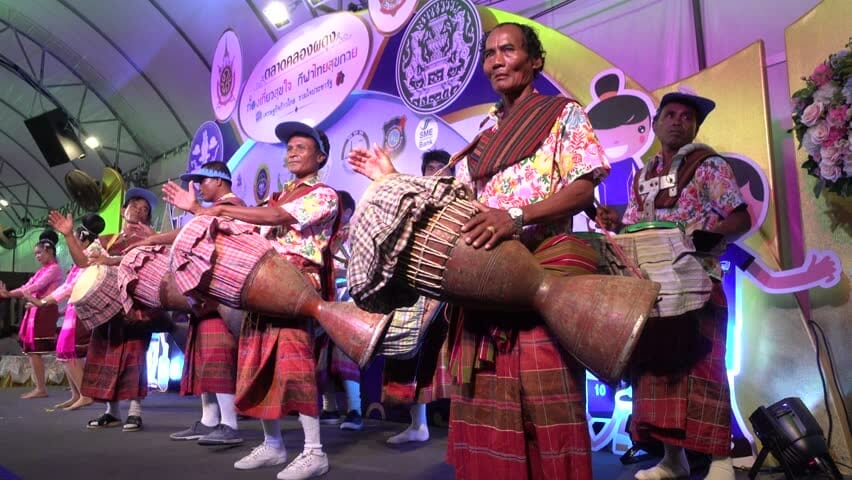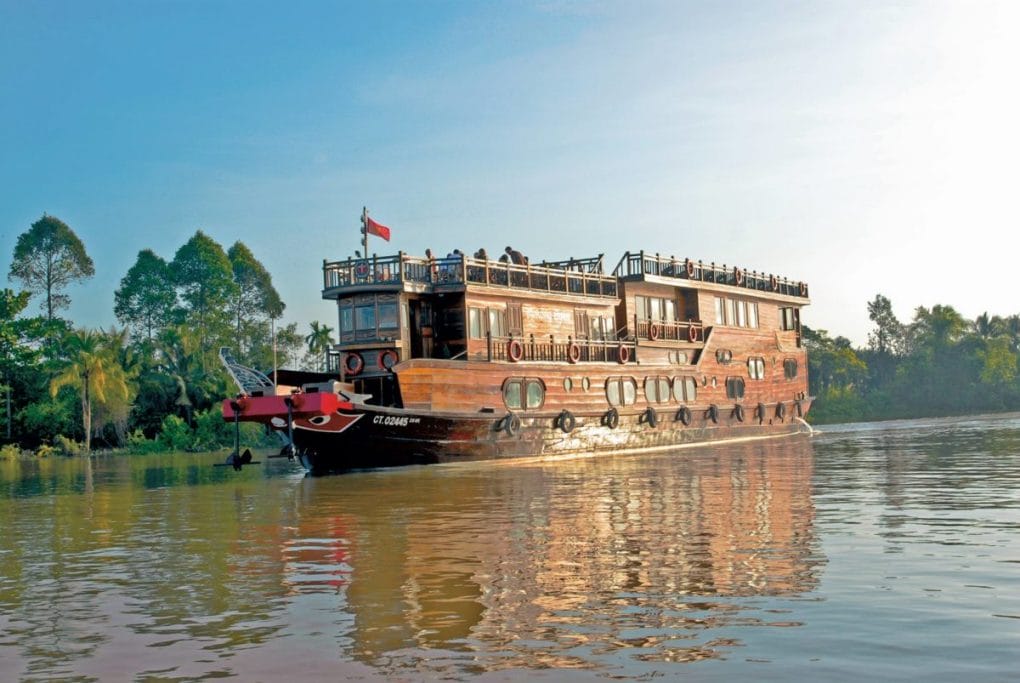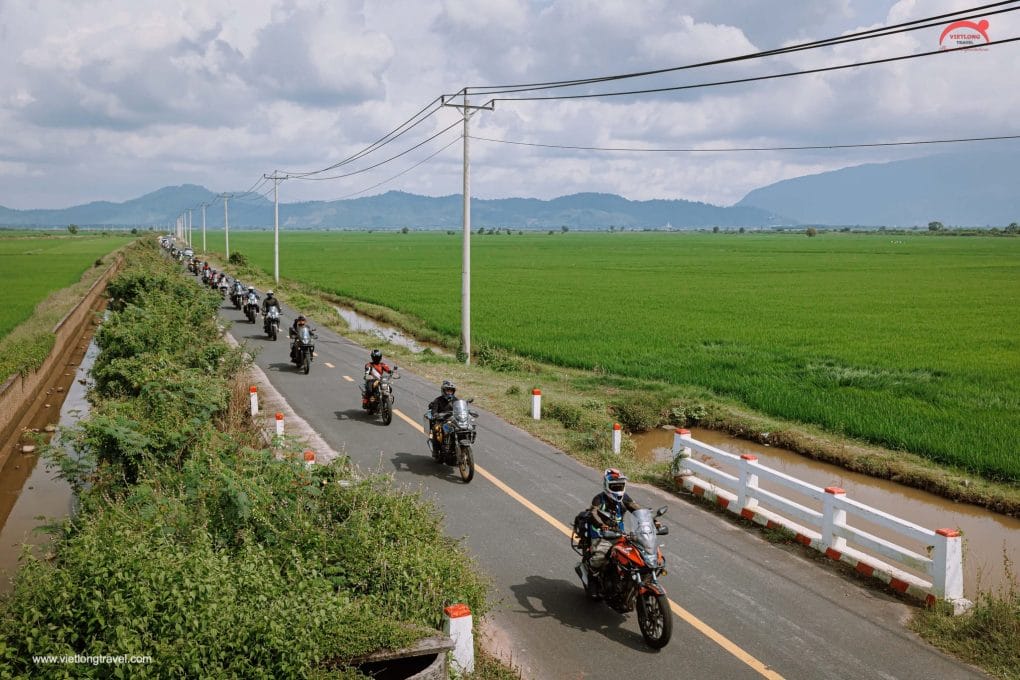THAILAND TRADITIONAL MUSICS
Thailand retains cultural connections with the two great centers of Asian civilizations, India and China. Though Thailand was never colonized by Western powers, pop music and other forms of European and American music have become extremely influential. The two most popular styles of traditional Thai music are luk thung and mor lam; the latter in particular has close affinities with the Music of Laos. Aside from the Thai, minorities of Laotians, Lawa, Hmong, Akha, Mien, Lisu, Karen and Lahu peoples have retained traditional musical forms.

Since ancient times, the Thai people have known how to make musical instruments or to copy the patterns of others and adapt them to their own uses. In fact, there are several kinds of musical instruments which the Thais apparently devised before they came in contact with the culture of India, which was widespread in Southeast Asia before they migrated there.
Later, when the Thai people were establishing their kingdoms and had come into contact with Indian culture, particularly with Indian instruments which the Mon and Khmer cultures had absorbed first, they assimilated this musical culture into their own.
From this contact, the Thais created several new kinds of musical instruments such as the phin, sang, pi chanai, krachap pi, chakhe, and thon, which are mentioned in the Tribhumikatha, one of the first books written in Thai, and on a stone inscription from the time of King Ramkhamhaeng of the Sukhothai period. Some songs of the Sukhothai period are still sung at present, such as Phleng Thep Thong.

During the Ayutthaya period the instrumental ensemble was composed of four to eight musicians. Songs became much longer and singing technique was improved. Many Ayutthaya songs were composed in a form of musical suite called Phleng Rua, which was a series of songs. Poets contributed lyrics in the form of short stories, mostly from the Ramakian. Many Ayutthaya songs are still employed in Thai plays today.
In the beginning of the Bangkok period, after a long period of war, there was a remarkable revival of Thai arts, especially music and drama. The size of the instrumental ensemble was enlarged to 12 musicians and several masterpieces of Thai literature were produced as theatrical performances accompanied by music. Beautiful lyrics written by contemporary poets were fitted into melodies of the Ayutthaya period.
All Thai musicians in the past received their training from their teachers, through constant playing and singing in their presence. With nothing else to rely upon except their own memory. It was only through much hard work that they gained their technical experience and practical knowledge in playing and singing. Later when Thailand began to have contact with Western European nations and the United States, the Thais adopted such Western instruments as the bass drum, the violin, and the organ.
To save the national music from extinction, modern Thai musicians are trying to devise a system in which this traditional music can be rendered into Western notation and later edited. According to a book written by Sir Hubert Perry, entitled “Evolution of the Art of Music”:
“The Thai scale system is…extraordinary. It is not now pentatonic, though supposed to be derived originally from the Javanese system. The scale consists of seven notes which should by right be exactly equidistant from one another. That is, each step is a little less than a semitone and three-quarters. So that they have neither a perfect fourth nor a true fifth in their system, and both their thirds and sixths are between major and minor; and not a single note between a starting note and its octave agrees with any of the notes of the European scale…
Their sense of the right relations of the notes of the scale are so highly developed that their musicians can tell by ear directly a note which is not true to their singular theory. Moreover, with this scale, they have developed a kind of musical art in the highest degree complicated and extensive”.
In all, there are about 50 types of Thai musical instruments, including many local versions of flutes, stringed instruments, and gongs used for all kinds of occasions: festivals, folk theater, marriages, funerals, and social evenings after harvesting.
The best known Thai musician for both the revival and conservation of the Thai music are Montree Tramote and Khunying Phaitoon Kittivan. Both of them were also awarded the status of “National Artists” in Thai music.
Her Royal Highness Princess Maha Chakri Sirindhorn is an accomplished performer of several Thai classical musical instruments. She has become an active leader for the movement to revive interest in the rich cultural value of Thai music among the younger generations.
The Western classical music tradition was introduced to Thailand before the turn of the century. Its development was nurtured by Phra Chen Duriyang, who had studied the stringed instruments and piano with his German father. Phra Chen established Thailand’s first orchestra in the Royal Entertainment Department and taught many young Thai musicians. By the late 1920’s, other small orchestras had been established as part of the branches of the Thai armed services. And in 1934 Phra Chen’s orchestra was transferred to and became the nucleus of the Fine Arts Department.
Thai musicians have shown marked improvement in style and technique over the years. And they have taught a new generation of musicians. Following a drive spearheaded by the musicians, the Bangkok Symphony Orchestra. It was established in July 1982 and gave its first public concert in November of that year.
Popular Western music, introduced in the 1950’s, was also widely accepted by the Thai people. And today there are a large number of modern groups. Some producing music that combines elements of both pop and traditional Thai. Music plays an important part in the life of the Thai royal family. His Majesty King Bhumibol Adulyadej is an internationally-recognized jazz musician with numerous original compositions to his credit. One of which was featured in a Broadway show in the 1950’s.
The crowning success for His Majesty’s music came in 1964. When NQ Tonkunstler Orchestra played a selection of his composition at the Vienna Concert Hall. There were also broadcast throughout Austria where they enjoyed resounding success. Two days later, the world’s renowned Institute of Music and Arts of the City of Vienna. It conferred its Honorary Membership upon His Majesty the King in recognition of his outstanding musical achievements. He became the 23rd Honorary Member of the Institute since its establishment in 1817. And the first Asian composer to receive this honour.
Up to now, the music world has recognized His Majesty the King as one of the great living composers. His works will surely keep his place among those of the great masters of music. And will not only delight the present day audience but it will also do so for generations to come.
The Music Association of Thailand whose objectives are to promote Thailand traditional musics. And safeguard the welfare of musicians, is under the royal patronage.













